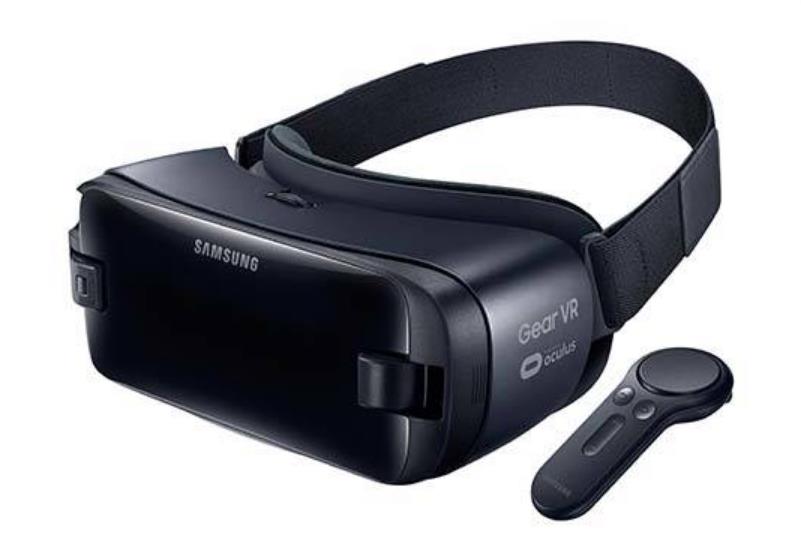Samsung has announced two new sensors for augmented reality (AR) and virtual reality (VR) devices, the ISOCELL Vizion 63D and the ISOCELL Vizion 931. These sensors are designed to provide accurate depth sensing and high-resolution image capture for immersive and realistic experiences.
The ISOCELL Vizion 63D is a 3D time-of-flight (ToF) sensor that can measure the distance and shape of objects up to 5 meters away at 60 frames per second (fps). It features an on-chip image signal processor (ISP) that can process the depth data without relying on an external processor. This reduces the power consumption and latency of the sensor, making it ideal for AR/VR headsets and smartphones.
The sensor uses a 2-stack process technology, with a 65nm backside-illuminated (BSI) layer and a 28nm CMOS layer. The BSI layer captures the light reflected from the objects, while the CMOS layer converts the light into electrical signals. The sensor also supports a 4-tap demodulation scheme, which improves the accuracy and reliability of the depth data.

The ISOCELL Vizion 63D can enable various applications for AR/VR devices, such as hand gesture recognition, face tracking, 3D scanning, and occlusion handling. It can also enhance the photography and video capabilities of smartphones, such as portrait mode, bokeh effect, and autofocus.
ISOCELL Vizion 931: A 50MP sensor with dual-pixel autofocus
The ISOCELL Vizion 931 is a 50-megapixel (MP) sensor that can capture high-resolution images and videos for AR/VR devices and smartphones. It uses a 0.64-micrometer (μm) pixel size, which is the smallest in the industry for a 50MP sensor. It also employs a dual-pixel autofocus technology, which uses two photodiodes in each pixel to quickly and accurately focus on the subject.
The sensor supports a quad-bayer color filter array, which combines four adjacent pixels into one to increase the light sensitivity and dynamic range. It can also output 12.5MP images with four times the pixel size, or 50MP images with full resolution. The sensor can record 8K videos at 30fps, or 4K videos at 120fps with electronic image stabilization (EIS).
The ISOCELL Vizion 931 can deliver stunning images and videos for AR/VR devices and smartphones, with rich details, vivid colors, and fast performance. It can also enable advanced features, such as super-resolution, HDR, and low-light enhancement.
Samsung’s vision for the future of AR/VR
Samsung is one of the leading players in the AR/VR market, with its own devices, such as the Gear VR and the Odyssey, as well as partnerships with Qualcomm and Google. The company is also developing its own XR chipset and operating system, which are expected to be unveiled sometime next year.
With the launch of the ISOCELL Vizion 63D and the ISOCELL Vizion 931, Samsung is demonstrating its commitment to providing cutting-edge solutions for the AR/VR industry. The company aims to create an ecosystem for XR devices that can offer immersive and realistic experiences for users.
